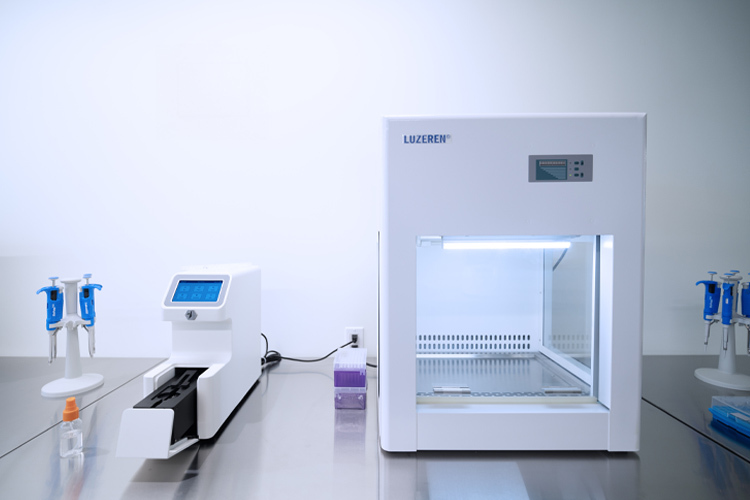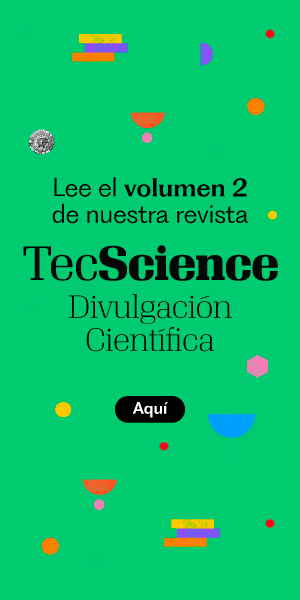Social marginalization in Mexico is closely linked to metabolic inequity—that is, the prevalence of conditions like obesity and diabetes—explained Linda Aurora Morales Juárez, Ph.D. in Epidemiology from the National Institute of Public Health and researcher at the Institute for Obesity Research (IOR).
“Marginalization affects not just access to healthcare services—it also shapes people’s health behaviors, the environment they live in, and even certain environmental exposures,” Morales pointed out during her Flash Tec Talk titled “Metabolic Health Inequities and Obesity in Mexican Adults: The Role of Municipal-Level Marginalization.”
At the IOR, Morales uses advanced data analysis to tackle complex public health challenges. Her postdoctoral research and collaborations with the Global Burden of Disease initiative have allowed her to contribute to health policy design that promotes global well-being.
Morales was among the scientists who took part in the 2025 International Conference on Obesity Research. There, she discussed strategies that—when implemented at municipal level—can offer major advantages. Even small reductions in glycated hemoglobin or average glucose levels have been shown to bring about microvascular and macrovascular health benefits.
Three Key Findings Relevant to Marginalized Municipalities
In a study comparing adult obesity rates across different levels of marginalization—high, medium, and low—and further breaking down the data by sex and adjusting for age, education, and other sociodemographic variables, Morales and her team identified three major findings about adult obesity.
They measured obesity, self-reported diabetes, and undiagnosed diabetes—the latter being detected during hemoglobin A1c testing in individuals unaware of their condition.
“Generally speaking, all three levels of marginalization are equally affected. Among them, women show the highest burden of obesity,” Morales said. “When it comes to abdominal obesity, more than 85% of women are affected, regardless of marginalization level,” while rates among men range between 71.3% and 75.2%.
Abdominal obesity is especially widespread among women, reaching nearly universal levels regardless of how marginalized their municipality is. While the gender gap has gradually narrowed, it remains significant in highly marginalized areas, Morales noted.
Undiagnosed Diabetes
When looking at average blood glucose levels among people with diabetes, those living in highly marginalized areas had the highest averages compared to other groups.
Self-reported diabetes showed similar prevalence across all three levels of marginalization, though women were consistently more affected.
However, a different trend emerged for undiagnosed diabetes: the highest rates were found in areas with the greatest marginalization, with men being more affected than women.
According to data from CONAPO, one in three Mexicans lives in a municipality with some level of marginalization—either high or very high.
“We need to prioritize the most marginalized communities and recognize that governments must implement intersectoral policies to tackle marginalization on all fronts,” Morales concluded.
Did you find this story interesting? Would you like to publish it? Contact our content editor to learn more at marianaleonm@tec.mx















